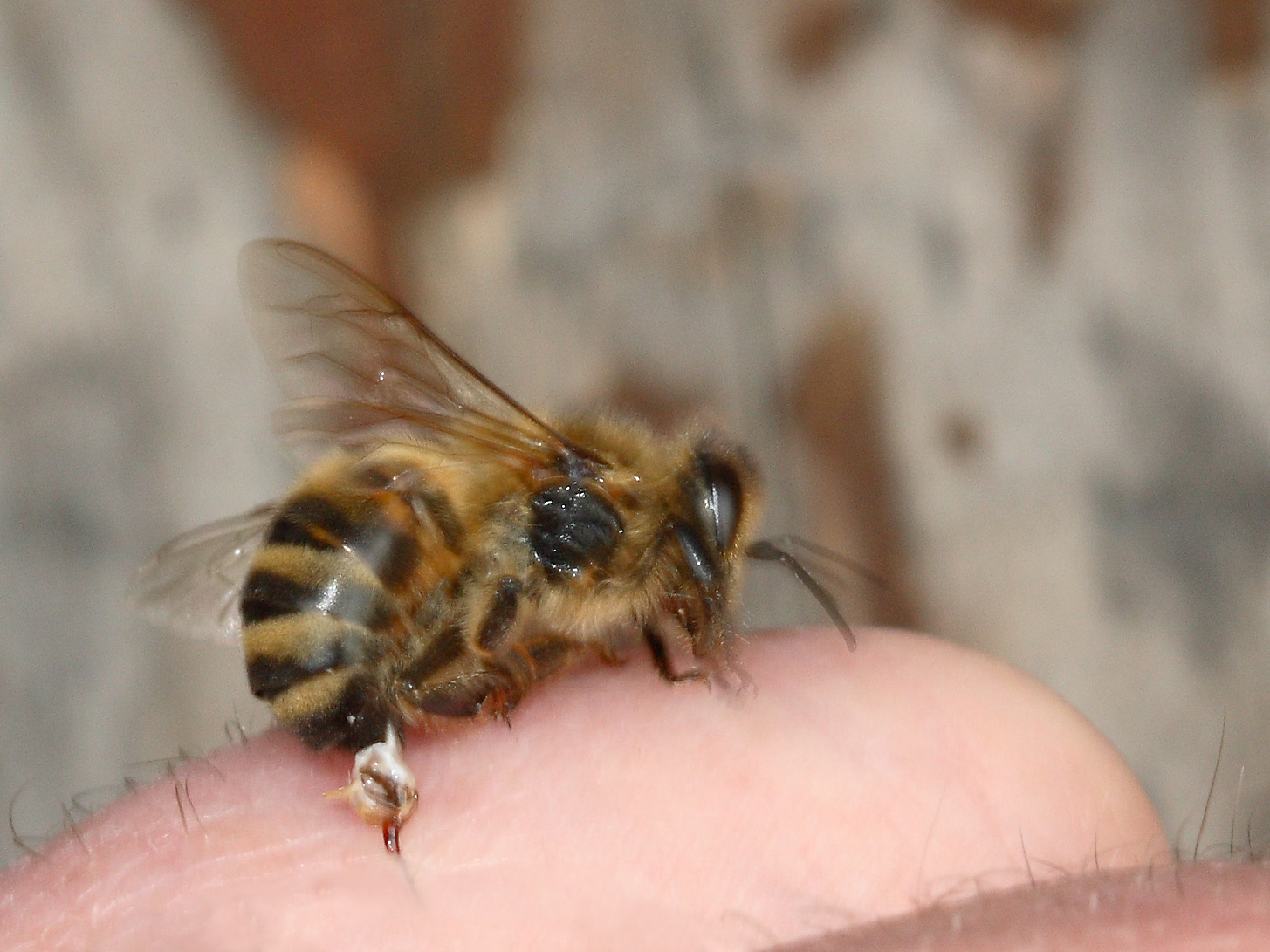The Boojum Beeyard is really buzzing now! The flowers are all blooming and the bees are booming. We just put honey supers on two of our four established colonies. A "super" is the name of the boxes beekeepers use for hives. A deep is usually used for the main hive body. A box that is shallower and takes shorter frames is a honey super. It is placed on top of the hive body. Bees tend to keep their brood below and then put food stores above.
The reason we use shallower boxes is that they are easier to manage. When all ten of those frames are full of honey-filled comb, they can get heavy. When we have to harvest the honey, we have to gently brush the bees off of the frames and carry the honey super to where we process it. That box of frames full of honey is heavy! So we use the smaller honey supers.
We also caught a swarm that was making a home in a decorative wine barrel. The barrel of bees was brought back to the beeyard and the bees were transferred to a small nucleus hive. A nucleus hive is a box that holds five frames instead of the ten that a full-sized hive box holds. They are used to help a colony build itself. The smaller box is easier for a smaller colony to mantain until they build their numbers up great enough to be transferred.
We made a video of this particular swarm relocation. Check it out!









